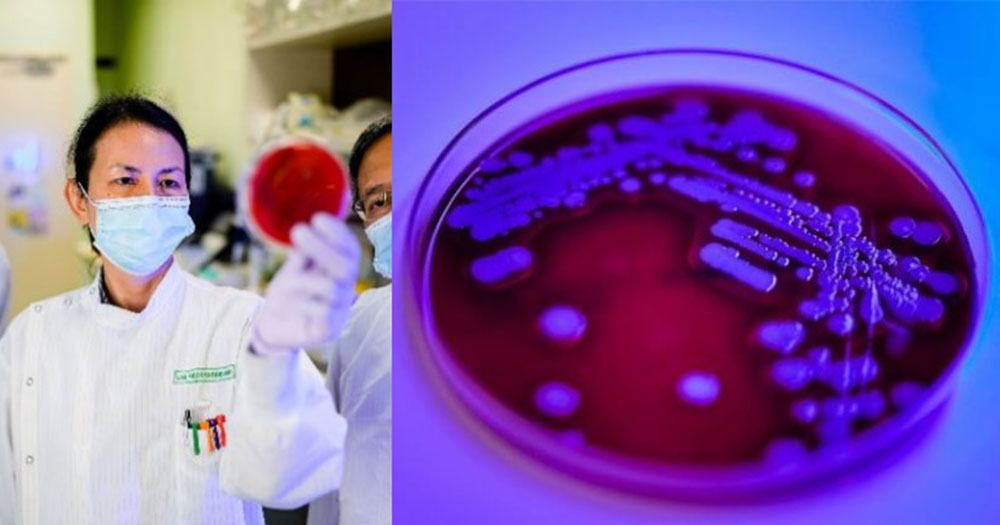Follow us on Telegram for the latest updates: https://t.me/mothershipsg
A new bacteria species has been named after Singapore by Singaporean scientists, a joint press release by National University Hospital (NUH) and National Centre for Infectious Diseases (NCID) stated.
Called Staphylococcus singaporensis (S. singaporeansis) sp. nov (new species), it is part of the Staphylococcus aureus (S. aureus) complex which can cause infections ranging from skin and wound infections, surgical infections, to bloodstream infections which may be fatal.
The discovery was first published on Oct. 26, in the International Journal of Systematic and Evolutionary Microbiology.
Out of 43 isolates that were studied, 6 confirmed as new species
The press release further stated that research groups from NUH, NCID and Singapore General Hospital (SGH) studied bacteria isolates which appeared related to S. aureus.
Isolates are microorganisms, such as bacteria, which are grown in the laboratory.
Between April 2019 and July of the same year, a total of 43 isolates were studied.
Whole genome sequencing of the isolates was performed and comparative genome analysis found that six isolates out of the 43 were quite different from other members of the S. aureus complex.
These six isolates were confirmed to be a new species, Staphylococcus singaporensis, in combination with biochemical testing.
Spectrum of disease caused by Singapore species requires more study
The press release added that the spectrum of disease caused by the Singapore bacteria will need to be further studied.
Thus far, the six isolates are susceptible to commonly-used antibiotics, unlike some S. aureus, which have developed multi-drug resistance.
S. singaporensis also lacks many of the toxin genes frequently found in S. aureus.
However, more data needs to be collected over time, both locally and globally, to fully understand the impact of the new species.
Head and senior consultant of Microbiology at the Department of Laboratory Medicine in NUH, Associate Professor Raymond Lim, said:
"The identification of this new species using the latest laboratory tools shows that our scientists in Singapore have the capability to investigate future emergence of new bacteria which may cause outbreaks or severe disease."
A consultant from the same department, Chew Ka Lip, added:
"There remains much to be done to understand the differences if any, between these organisms in terms of clinical infections and prognosis. This could potentially lead to more tailored clinical care management of our patients to optimise outcomes.”
Follow and listen to our podcast here
Top collage by NUH and NCID
If you like what you read, follow us on Facebook, Instagram, Twitter and Telegram to get the latest updates.
